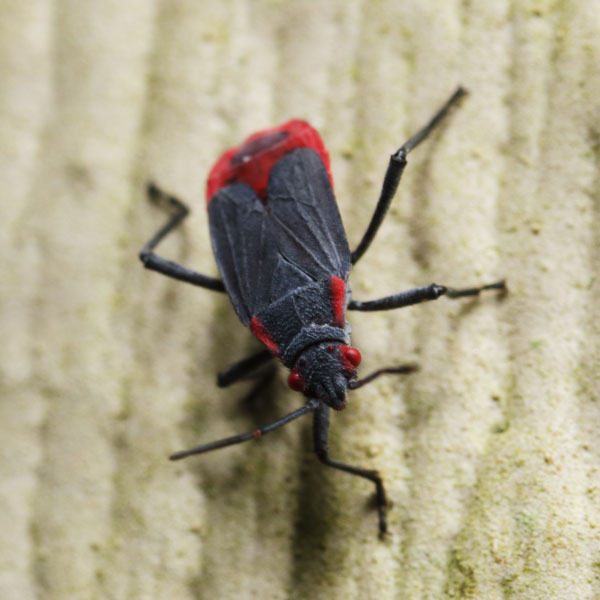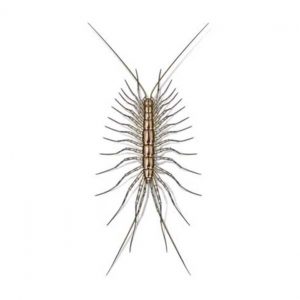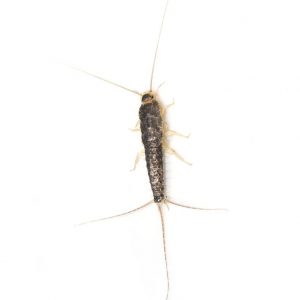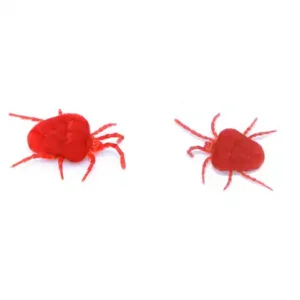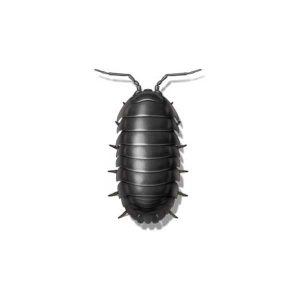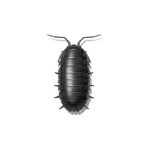Jadera Bugs in Central Florida
The Jadera Bug is very common in Florida, California, Texas, and other southeastern states. Also known as the Red-Shouldered Bug or Golden Rain Tree Bug, they appear in large colonies in yards and gardens. Jadera bugs are often confused with the boxelder bug, but they are different species in the same insect family. Unlike similar insects, the Jadera Bug is scentless, meaning it does not spray a noxious chemical when disturbed.
Jadera Bug Habitat
Found throughout the year, the Jadera Bug is fond of the sweet sap and fruit from various trees, and they are especially fond of seeds from the Golden Rain Tree. Dead insects and food leftovers from humans are also part of the Jadera Bug’s diet. When conditions are favorable, Jadera Bugs will invade properties in large numbers in search of plant seeds.
Jadera Bug Behaviors, Threats, & Dangers
Although they do not cause any serious damage, the Jadera Bug is considered a nuisance pest. When hundreds of these insects gather on lawns, host plants, and nearby structures, they will try to enter homes and may cause spots on walls or clothing. Homeowners should avoid crushing these insects as they stain. If large numbers are an issue indoors, they can easily be vacuumed up. A small number of bugs on a plant can often be destroyed by hand collecting. If the bugs are a nuisance in lawns or playgrounds, raking to remove the seeds that the bugs are feeding on should be helpful. If non-chemical methods are not practical, it is best to contact a licensed exterminator.
Need help with Jadera Bug control?
We'll call you! Leave your information below.

